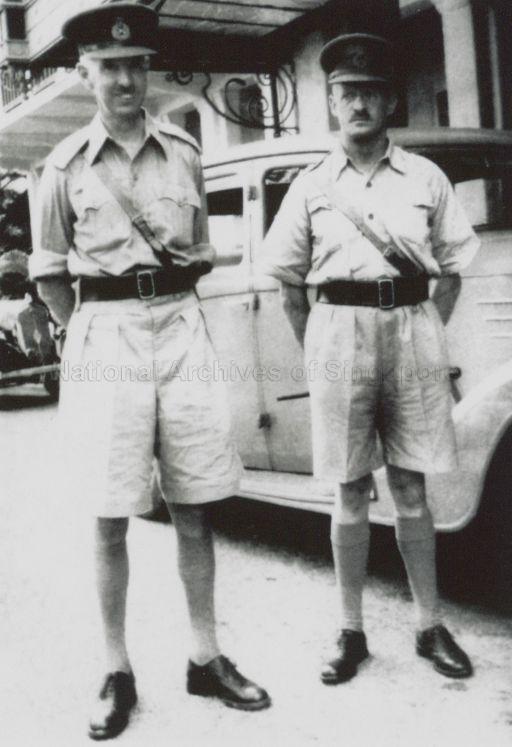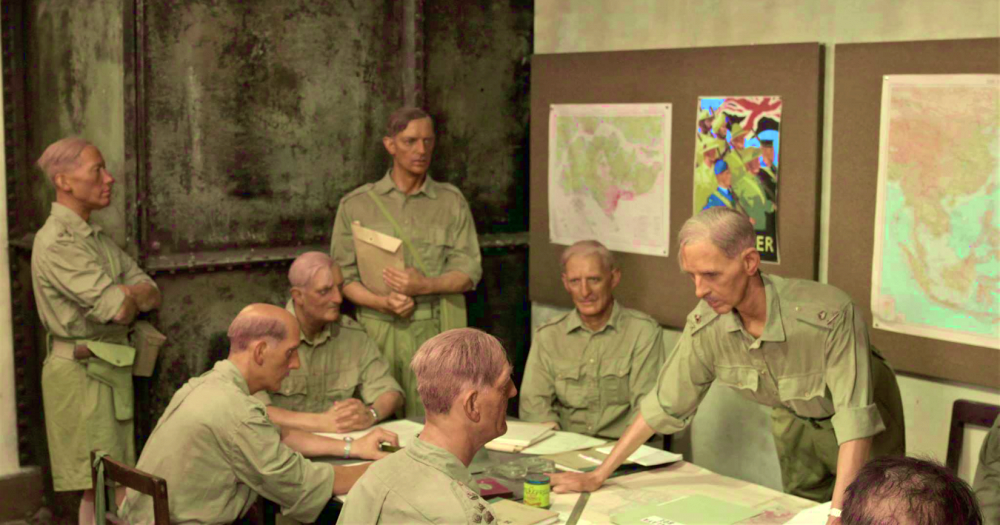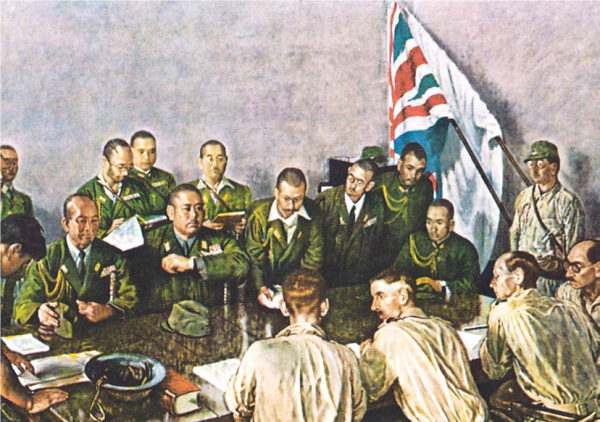It's the 15th of February.
On this day, 77 years ago, commanding officer of the British forces and their allies, Arthur E. Percival, surrendered Singapore to the invading Japanese forces.
Singapore's defence assessed as inadequate
Percival, enlisted in the army during World War 1, worked his way up the ranks to become an experienced soldier.
 Pic from National Archives of Singapore.
Pic from National Archives of Singapore.
In 1936, Percival was posted to Malaya and assessed that the defences of the region were inadequate.
He noted that:
- A British fleet could not quickly travel to Malaya in the event of an attack.
- There was a lack of funds to construct defences.
- Some British and Allied troops were under-trained and unfamiliar with fighting in a jungle environment.
Additionally, by 1940, WWII had already begun and Britain was engaged in a desperate struggle with the forces of Nazi Germany.
Hence, there were few resources to spare for colonies like Singapore.
Fighting losing battle against the Japanese?
In contrast to Percival, his Japanese counterpart, General Tomoyuki Yamashita, was given the command of one of the best units in the Japanese military.
The Japanese placed a high importance on capturing Singapore, and as an experienced campaigner, Yamashita's invasion of Malaya was met with huge successes.
By Jan. 31, 1942, Percival and all his troops had retreated to Singapore.
By then, Percival was running low on food, supplies, water and ammunition.
The Japanese, meanwhile, were still fiercely shelling Singapore with their artillery pieces.
Japanese bombers attacked Singapore, damaged the water supply, and a large numnber of civilian casualties resulted.
Both the soldier and the civilian population had their morale depleted.
On Feb. 15, 1942, Percival decided to surrender the "impregnable" island fortress of Singapore.
Yamashita's gamble
Although Percival was in a tough situation, he did not know that Yamashita was almost as desperate as he was for the fighting to end.
The Japanese were running low on supplies, fuel and ammunition themselves.
Yamashita had ordered continued artillery bombardments to make the British believe that he had endless supplies of shells, when they were, in fact, close to running out.
And while Yamashita's troops were highly-trained, they only numbered around 30,000. Percival, on the other hand, had about 85,000 men in Singapore, 15,000 of whom were non-combatants.
In addition, the Japanese had also encountered stern resistance while invading Singapore itself.
Australian soldiers had fought Yamashita's Imperial Guards to a standstill at Kranji, while Lieutenant Adnan Saidi and his Malay Regiment inflicted high casualties on Japanese forces at the Battle of Bukit Chandu.
What if?
What if Percival had decided to fight on, even for just a few more days?
It would be a race to see who ran out of essential supplies first.
Perhaps Percival's numerical superiority could have held out, and perhaps more local volunteers would have put up a fierce resistance against the invaders.
We can't be sure exactly what would happen if Percival had not surrendered. However, this decision would have rewritten our history.
The Fall of Singapore would have many consequences, during World War II and afterwards, for both the island and for Britain itself.
It would also shape the principles influencing Singapore's defence position.
For instance, in 2017, British High Commissioner to Singapore Scott Wightman remarked that it was "not surprising" that one of the lessons taken away by Lee Kuan Yew from the Fall of Singapore was that Singaporeans had to rely on themselves for security.
Related story:
Top image from Ng Eng Hen's Facebook page.
If you like what you read, follow us on Facebook, Instagram, Twitter and Telegram to get the latest updates.

